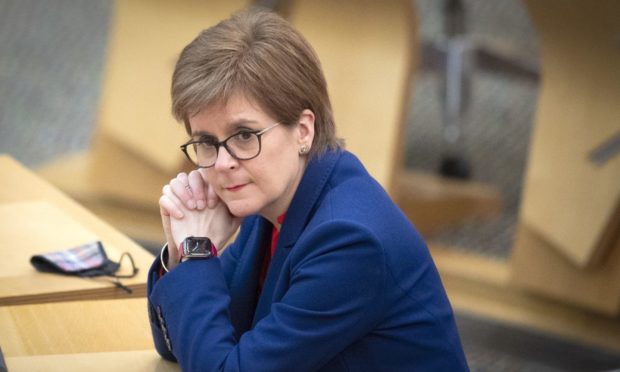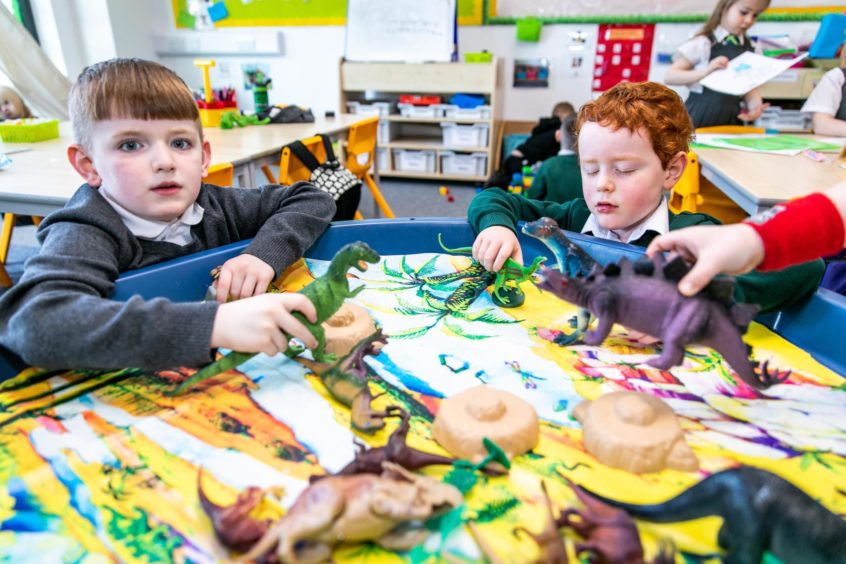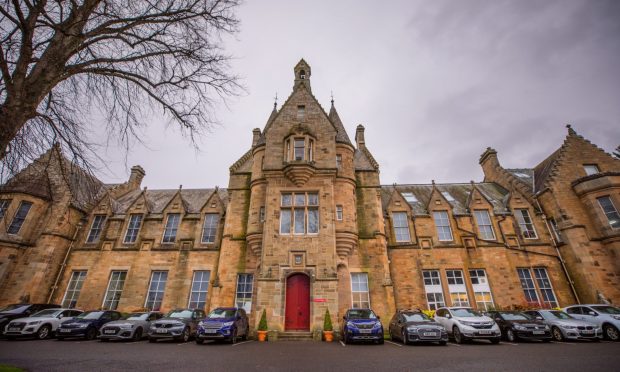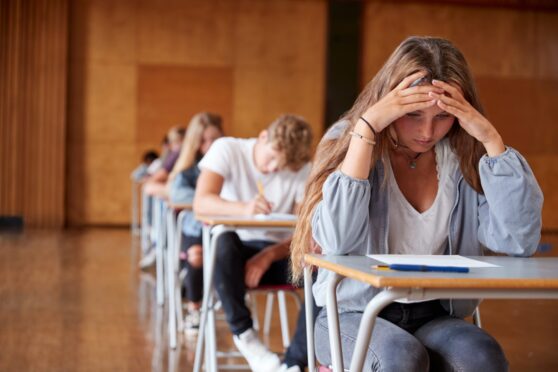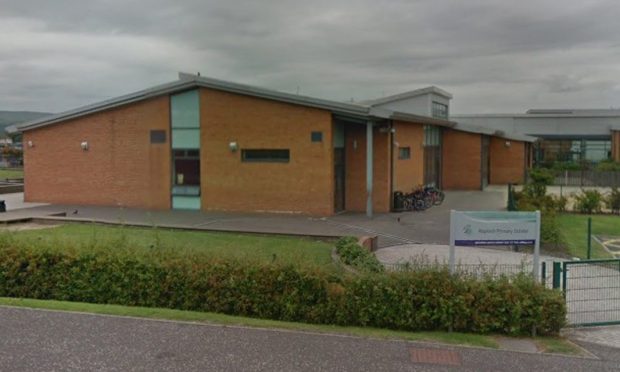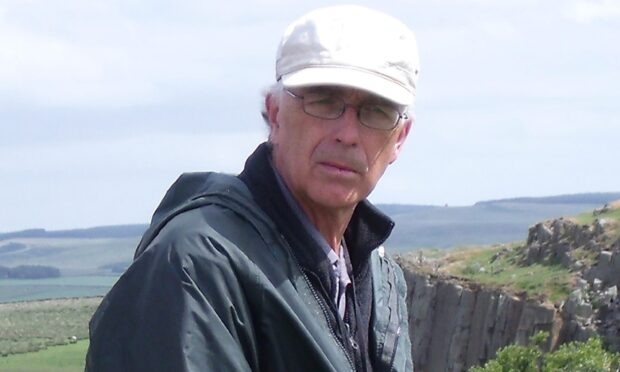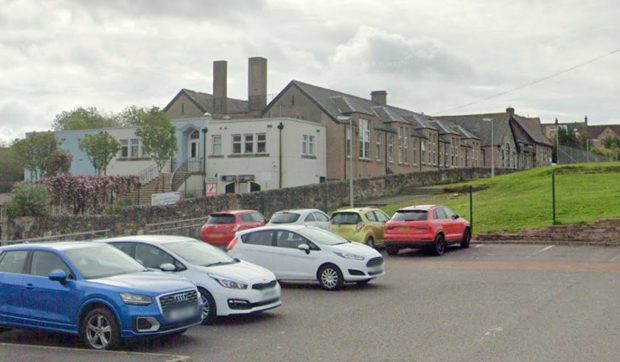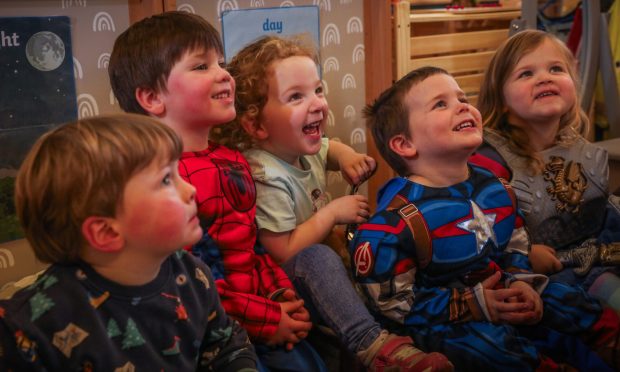All school pupils will return to school in less than two weeks, the First Minister has confirmed.
In a statement to Parliament this afternoon, Nicola Sturgeon said all pupils in P4 to P7 will return to classrooms full time from March 15.
All secondary school pupils will also return on a part-time basis, with priority given to those in senior years.
This is a slight revision to the announcement made last week, when Ms Sturgeon suggested just senior phase students would be able to return on that date.
A blended learning model will be in place for secondary pupils until the Easter holidays, with the expectation that all pupils will be back in school full time following the break.
Pupils in P1 to P3 returned to classrooms last Monday, as well as children in nursery and some secondary school pupils who need to attend for practical coursework.
All pupils to spend some time in school from March 15
Speaking in Holyrood, Ms Sturgeon said: “The next phase of reopening education will take place on March 15.
“From that date, unless new evidence or circumstances force us to reconsider, all children in P4 to P7 will go back to school on a full time basis.
“Primary school children will also be able to return to regulated childcare, including after-school and breakfast clubs.
“We will also take the next step in the phased return of secondary schools, with a clear expectation that all pupils will be back in school full time following the Easter holidays.
“However, it is the intention that all secondary school pupils will return to spend some time in school from March 15 until the Easter break.”
Those pupils in the senior phase of secondary will be prioritised for in class learning, the First Minister said, because they are sitting national qualifications.
However, all pupils in secondary schools will be expected to attend face-to-face teaching at some point before the Easter holidays.
Ms Sturgeon said: “Although years four to six may have priority, we expect that all children in secondary schools will see some in-school education each week up until the break.
“This will allow pupils to get used to being back in school and allow them to start seeing friends again.
“I’m sure everyone will agree that this is important for the wellbeing of young people as well as for education.”
Local authorities will have “flexibility”
The First Minister also confirmed that the phased return could differ between council areas, with local authorities deciding how the return is managed.
She said: “Local authorities will have flexibility in how they implement the phased return to allow them to take account of local factors in deciding how to make the return as safe as possible.
“We want to make sure they can maximise the amount of time that secondary school pupils can safely spend in school in the period until the Easter holidays.”
The two metre social distancing rule will remain in place in secondary schools until at least the Easter break and face coverings will need to be worn at all times.
Twice-weekly lateral flow testing will also be available for all school staff and secondary pupils in years S4 to S6, and the First Minster encouraged “as many staff and senior phase pupils as possible” to use the tests when they return.
“Phased return is necessary”
The phased return of schools in Scotland differs to the approach being implemented in England, where all pupils will return full time on March 8.
The First Minister, however, argued the phased approach was “firmly based on the expert advice” and offered the best route to getting all pupils back safely.
She said: “The phased return can and will be frustrating but it is necessary and it’s firmly based on the expert advice we received.
“It is the best and also the most sustainable and enduring way to get as many children back to school and as safely as possible.”
